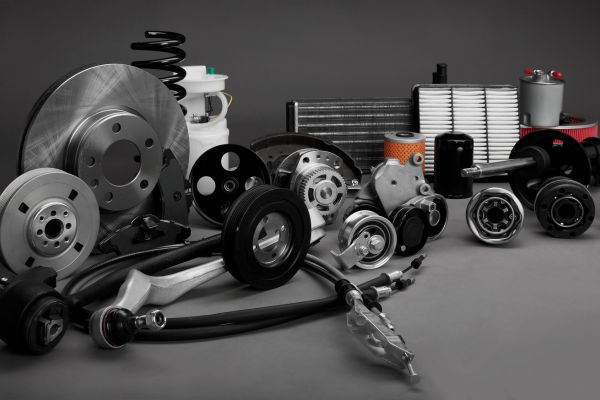Packaging Design Flaws You’ll Want To Avoid
Packaging is more than just a container; it’s the first touchpoint between your brand and your customers. For small business owners and entrepreneurs, creating a memorable packaging experience is critical for brand identity and customer satisfaction. It’s essential to understand the aesthetics and functionality of your packaging design. With this in mind, we’re discussing a few packaging design flaws you’ll want to avoid.
The Perils of Overpackaging
While it might be tempting to use elaborate packaging to impress, overpackaging can backfire. Excessive packaging increases costs and harms the environment.
Many consumers today prefer sustainable options, and minimalist designs often resonate better. By simplifying your packaging, you reduce waste and appeal to eco-conscious consumers, ultimately making your startup stand out in a sea of competition.
Underestimating the Risks of Underpackaging
On the flip side, underpackaging presents a set of challenges that can jeopardize your product’s safety. Insufficient packaging can lead to product damage during transit and affect your brand’s reliability.
It’s crucial to strike a balance by using adequate materials that protect without adding unnecessary bulk. Ensuring your product arrives in pristine condition will reinforce consumer trust and loyalty.
The Consequences of Poor Material Choices
Material selection plays a vital role in packaging design and can significantly impact your brand’s image and environmental footprint. Choosing low-quality or unsustainable materials leads to negative perceptions and damages your reputation. It’s important to select materials that align with your brand values and provide sufficient protection, enhancing your product’s appeal and sustainability.
The Pitfalls of Inconsistent Branding
Inconsistent packaging across your product line is another packaging design flaw you’ll want to avoid, as it confuses customers and weakens your brand’s identity. Cohesive branding creates a unified look that customers can easily recognize and trust. By ensuring consistency in colors, fonts, and logos, you establish a strong brand presence that resonates with your target audience.
The Dangers of Ignoring Customer Feedback
Customer feedback is an invaluable resource that can guide improvements in your packaging design. Failing to listen to your customers’ suggestions or complaints can result in missed opportunities for enhancement.
Engage with your audience to gather insights and make necessary adjustments to your packaging. This proactive approach improves customer satisfaction and strengthens your brand’s reputation.
The Risk of Stagnation Without Innovation
In a competitive landscape, innovation is key to capturing consumer interest. Resting on traditional packaging designs may prevent you from seizing new market opportunities.
Encouraging creativity and thinking outside the box can lead to unique packaging solutions that attract attention. Innovative packaging differentiates your brand and creates a memorable unboxing experience for your customers.
Understanding common packaging errors and how to avoid them is integral to building a successful brand. By addressing these potential pitfalls, you enhance your brand’s visibility and resonance with consumers. Careful consideration of packaging design can make a significant difference in how your product is perceived and ultimately help your brand stand out.

















